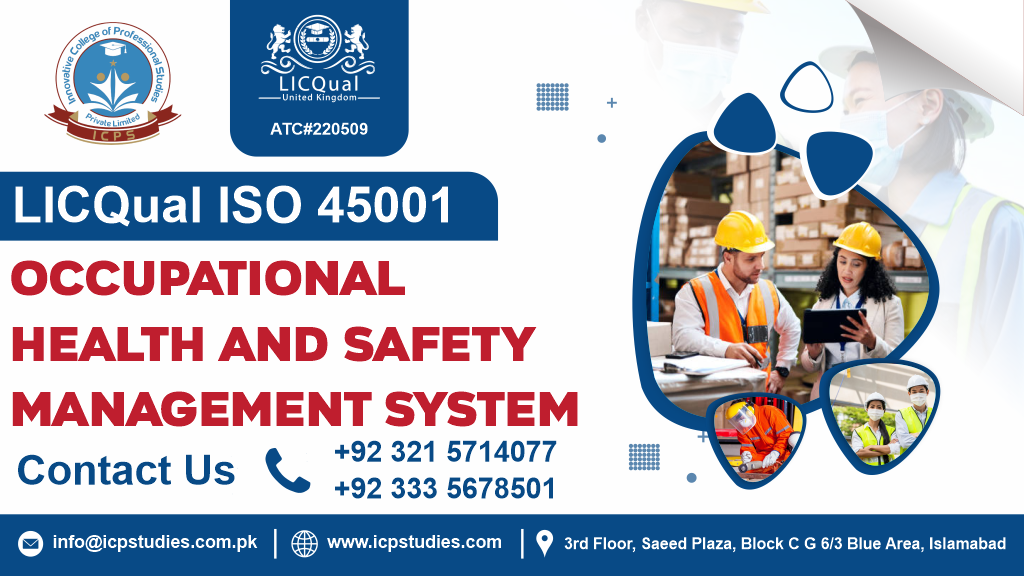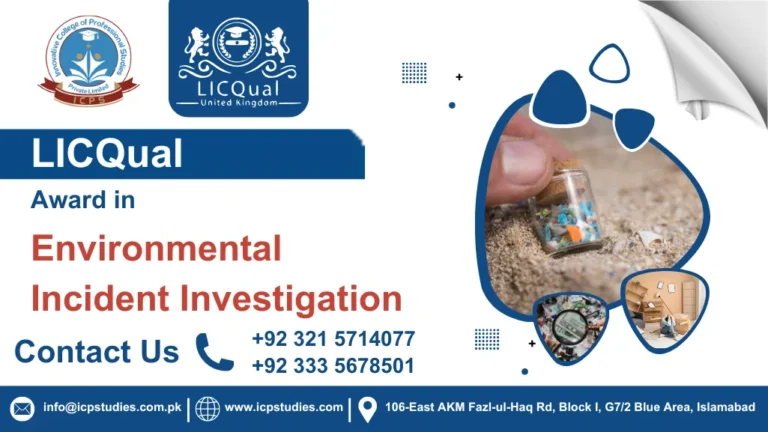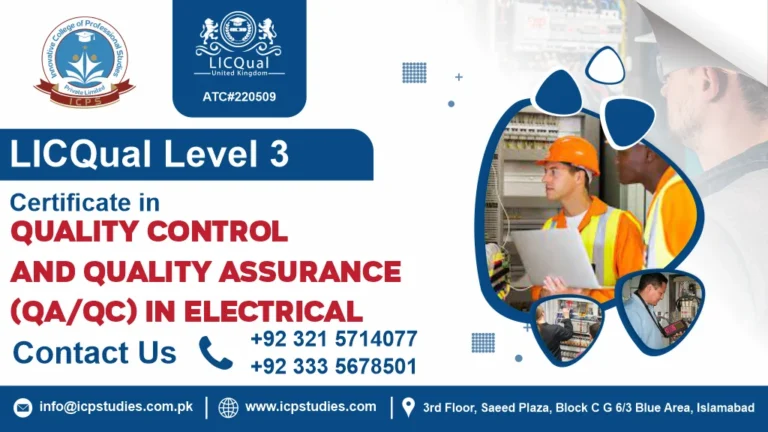In an era where workplace safety and health are paramount, organizations are increasingly adopting robust standards to ensure the well-being of their employees. The ISO 45001 Occupational Health and Safety Management System (OHSMS) is a key standard designed to create safer work environments, minimize workplace risks, and enhance overall health and safety performance. One of the critical roles in ensuring the effectiveness of this standard is the ISO 45001 Internal Auditor. But what exactly does this role entail, and why is it so important?
ISO 45001 Occupational Health and Safety Management System Internal Auditor is responsible for evaluating an organization’s adherence to the ISO 45001 standard. This role involves conducting internal audits to assess whether the organization’s health and safety management system is effectively implemented and maintained.
The ISO 45001 Occupational Health and Safety Management System Internal Auditor plays a vital role in ensuring that organizations maintain high standards of workplace safety and health. Through rigorous internal audits, effective communication, and continuous improvement efforts, internal auditors help organizations comply with ISO 45001 standards, mitigate risks, and foster a safe working environment. By embracing this role, professionals contribute significantly to enhancing occupational health and safety practices and supporting the overall well-being of employees.
All About ISO 45001 Occupational Health and Safety Management System internal Auditor
Course Overview
An ISO 45001 Occupational Health and Safety Management System (OHSMS) Internal Auditor is a professional responsible for evaluating and ensuring the effectiveness of an organization’s Occupational Health and Safety Management System in compliance with the ISO 45001 standard. This role is critical in helping organizations maintain a safe and healthy work environment, reduce workplace risks, and adhere to legal and regulatory requirements related to occupational health and safety.
ISO 45001 Occupational Health and Safety Management System Internal Auditor plays a vital role in helping organizations achieve and maintain high standards of workplace safety and health. By conducting thorough internal audits, assessing compliance, recommending improvements, and communicating effectively with stakeholders, internal auditors ensure that the organization’s OHSMS is effective, compliant, and continuously improving. This role is essential for fostering a safe working environment and supporting the overall well-being of employees.
Study Units
- Introduction to ISO 45001
- Occupational Health and Safety Legislation
- Hazard Identification and Risk Assessment
- OHSMS Implementation and Control
- Internal Audit Techniques
- Documentation and Record-Keeping
- Communication and Stakeholder Engagement
- Educational Background: A degree or equivalent qualification in occupational health and safety, environmental science, engineering, or a related field.
- Professional Experience: Relevant work experience in health and safety management, risk assessment, or related areas, typically ranging from one to three years.
- Familiarity with ISO Standards: Basic understanding of ISO 45001 and other related health and safety standards is beneficial.
- Knowledge of Health and Safety Regulations: Awareness of applicable health and safety legislation and best practices.
- Audit Principles: Basic understanding of auditing principles and methodologies is advantageous.
- Communication Skills: Strong verbal and written communication skills for effective documentation and reporting.
- Commitment to Learning: Willingness to engage with course materials and participate in practical assessments.
As specific requirements may vary by provider, it’s best to check the details of the course you are interested in.
4o mini
The ISO 45001 Occupational Health and Safety Management System Internal Auditor course is designed for:
- Internal Auditors: Professionals conducting audits of health and safety management systems within organizations.
- Health and Safety Managers: Individuals responsible for implementing and managing health and safety programs.
- Compliance Officers: Those ensuring adherence to health and safety regulations and standards.
- HR Professionals: Individuals involved in workplace safety and employee well-being initiatives.
- Risk Managers: Professionals focused on identifying and mitigating workplace hazards.
- Operational Managers: Managers overseeing teams and ensuring safe work practices.
- Consultants: Advisors providing guidance on health and safety management systems.
Overall, the course is suitable for anyone involved in the development, implementation, or auditing of occupational health and safety management systems.
Learning Outcome
Introduction to ISO 45001
- Understand the Standard: Describe the purpose, scope, and key principles of ISO 45001, including its objectives for managing occupational health and safety.
- Framework Overview: Explain the structure and requirements of the ISO 45001 standard and how it integrates with other management systems.
- Implementation Basics: Outline the steps for establishing and implementing an Occupational Health and Safety Management System (OHSMS) based on ISO 45001.
- Compliance Assessment: Assess how organizational practices align with ISO 45001 requirements.
Occupational Health and Safety Legislation
- Regulatory Understanding: Identify key occupational health and safety legislation relevant to the industry and region.
- Compliance Requirements: Explain the legal requirements for workplace safety and health and how they integrate with ISO 45001 standards.
- Application: Demonstrate how to apply legal requirements within the OHSMS to ensure compliance and reduce legal risks.
- Update and Adaptation: Understand how to keep up-to-date with changes in health and safety legislation and adapt the OHSMS accordingly.
Hazard Identification and Risk Assessment
- Hazard Identification: Develop skills to systematically identify workplace hazards and assess their potential impact on health and safety.
- Risk Assessment: Apply methodologies for evaluating risks associated with identified hazards, including the likelihood and severity of potential outcomes.
- Control Measures: Design and implement effective control measures to mitigate identified risks.
- Risk Communication: Communicate risk assessment findings and control measures to relevant stakeholders within the organization.
OHSMS Implementation and Control
- Implementation Strategies: Learn strategies for implementing an OHSMS in accordance with ISO 45001 requirements.
- Control Measures: Understand how to establish, implement, and maintain controls to manage occupational health and safety risks.
- Performance Monitoring: Develop skills to monitor and measure the performance of the OHSMS to ensure it effectively controls risks and complies with ISO 45001.
- Integration: Integrate OHSMS with other management systems and organizational processes to enhance overall effectiveness.
Internal Audit Techniques
- Audit Planning: Develop a comprehensive audit plan, including scope, objectives, and criteria for evaluating the OHSMS.
- Audit Execution: Conduct internal audits using established techniques, such as interviewing personnel, reviewing records, and observing processes.
- Evidence Collection: Collect and analyze evidence to assess the effectiveness of health and safety controls and compliance with ISO 45001.
- Reporting: Prepare detailed audit reports that include findings, non-conformities, and recommendations for corrective actions.
Documentation and Record-Keeping
- Documentation Requirements: Understand the documentation requirements of ISO 45001, including policies, procedures, and records necessary for OHSMS implementation.
- Record Management: Develop skills in creating, maintaining, and managing records to support the OHSMS and demonstrate compliance.
- Documentation Best Practices: Apply best practices for documentation to ensure accuracy, accessibility, and compliance with ISO 45001 standards.
- Review and Update: Establish processes for the regular review and updating of documentation to reflect changes in procedures and standards.
Communication and Stakeholder Engagement
- Stakeholder Identification: Identify and categorize stakeholders relevant to the OHSMS, including employees, management, regulatory bodies, and external partners.
- Effective Communication: Develop strategies for effectively communicating OHSMS policies, audit findings, and health and safety practices to stakeholders.
- Engagement Techniques: Apply techniques to engage stakeholders and gather feedback to enhance the effectiveness of the OHSMS.
- Reporting and Feedback: Prepare and present clear reports on audit findings and improvement recommendations, and facilitate stakeholder feedback for continuous improvement.
These learning outcomes ensure that participants acquire comprehensive knowledge and skills necessary to effectively audit and improve occupational health and safety management systems in alignment with ISO 45001 standards.
FAQs about ISO 45001 Occupational Health and Safety Management System internal Auditor







